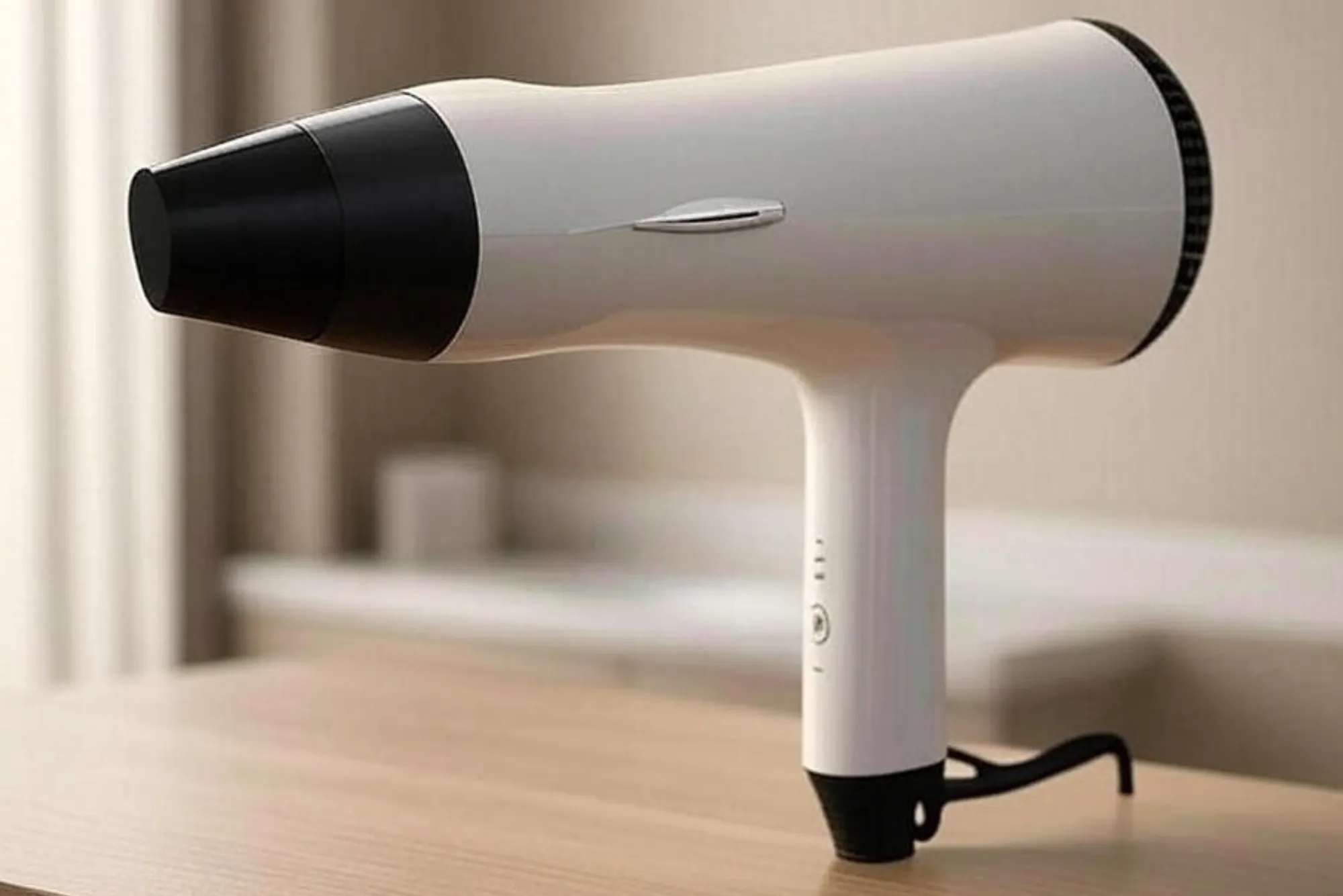Anyone who has spent time treasure hunting knows the thrill of hearing that first signal from a detector. But as exciting as it is, the real challenge often comes after—the moment when you have to dig and figure out exactly where the target is buried. This is where the partnership between a metal detector and pinpointer truly shines.
Detectors are great for scanning large areas and identifying potential targets, but once you dig into the ground, it can be frustrating to locate the exact spot. A pinpointer works as a small, handheld companion to your detector, guiding you directly to the object with speed and precision. For anyone serious about metal detecting, using both together is the key to efficiency and accuracy.
The Role of the Metal Detector
A metal detector is the starting point for any hunt. Its main job is to scan wide areas, identify signals, and indicate whether something valuable might be buried beneath the soil. Detectors work by sending electromagnetic waves into the ground and measuring how they react when they hit metal objects.
This process gives you a general location, but not a precise one. That’s why so many hobbyists and professionals rely on a metal detector and pinpointer combination. The detector finds the area, and the pinpointer zeroes in, saving you time and reducing unnecessary digging. Together, they make prospecting smoother and more productive.
The Role of the Pinpointer
Once your detector has identified a promising target, the next step is to dig. However, even with careful digging, metal items can shift in the soil, or be so small that they’re almost impossible to spot with the naked eye. That’s where a pinpointer comes in.
A pinpointer is a handheld device that emits signals—either sound, vibration, or both—when it gets close to metal. It doesn’t replace a detector but instead complements it by giving you the exact location of the target inside the hole or soil plug. A high-quality option like the MF 90 offers sensitivity, durability, and ease of use, making the recovery process much faster and more enjoyable.
Why They Work Best as a Team
The real value comes when both devices are used in tandem. The detector covers the large ground efficiently, ensuring you don’t miss signals, while the pinpointer helps recover finds more accurately. This teamwork reduces the risk of damaging valuable objects during digging and keeps hunts more efficient.
For example, imagine you’re out on a long day of detecting. Your detector signals a potential coin at 6 inches deep. You dig, but the soil is mixed and the object has shifted slightly. Without a pinpointer, you might spend minutes or longer trying to find the exact location. With a pinpointer, however, you can place it in the hole and quickly identify the precise spot within seconds.
Features to Look for in a Pinpointer
When pairing your detector with a pinpointer, there are a few key features to keep in mind. Sensitivity is crucial—you want it to detect small items like coins, jewelry, or nuggets. Durability is equally important, since detecting often takes you through mud, water, and tough terrain. Waterproof models are especially useful for beach or river hunting. Finally, ease of use and ergonomic design ensure you won’t get tired when using it repeatedly throughout a day’s hunt.
Practical Benefits for Every Treasure Hunter
The combination of a detector and pinpointer brings real-world benefits to both beginners and professionals. Beginners appreciate how much easier it makes target recovery, while seasoned hunters value the time saved during long hunts. Beyond convenience, it also increases the likelihood of recovering fragile or small items intact, which can be the difference between finding a complete coin versus a damaged one.
In competitive detecting events or group hunts, having both tools can also give you a noticeable edge. While others may still be searching within a dug hole, you’ll already be recovering your next target.
Building Confidence Through Better Tools
Confidence is an underrated factor in metal detecting. Nothing discourages a beginner faster than digging endlessly without results. Using a pinpointer alongside your detector boosts confidence by ensuring that when you dig, you find what you’re looking for. For professionals, this confidence translates into faster hunts and more reliable outcomes, especially in high-potential areas.
Conclusion
A metal detector can lead you to buried treasures, but it is the pinpointer that ensures you recover them efficiently. Working together, they transform the detecting process into a smoother, faster, and more rewarding experience. Whether you’re brand new to the hobby or a seasoned pro, investing in a high-quality setup that includes both a detector and a reliable pinpointer like the MF 90 will take your treasure hunting to the next level.











